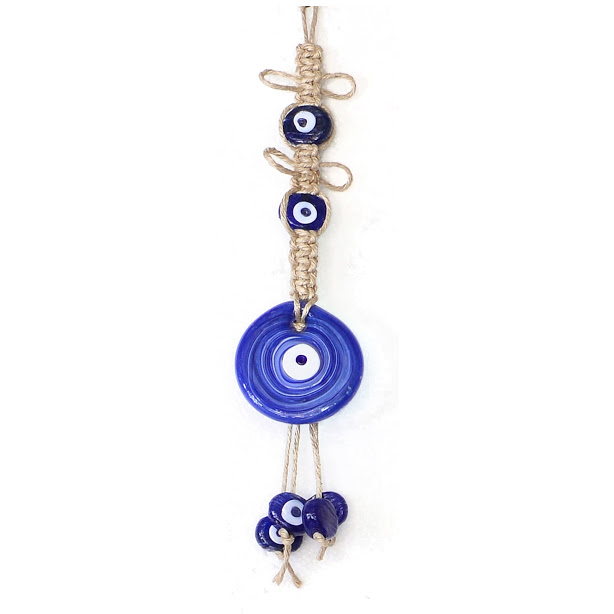
The concept of the "evil eye" has intrigued civilizations for centuries, captivating people with its mysterious allure and supernatural implications. Rooted in ancient traditions, the evil eye represents both a powerful curse and a symbol of protection. Its enigmatic history and cultural significance have made it a subject of fascination across the globe. Let’s delve into the origins, myths, and enduring beliefs surrounding the evil eye and explore why it remains relevant in modern times.
.jpg)
The evil eye—a belief that a malevolent glare can bring misfortune, harm, or bad luck—has its roots in ancient civilizations. Some of the earliest mentions date back to Mesopotamia, where cuneiform tablets referenced the curse of the evil eye. It also appeared prominently in ancient Greek and Roman cultures. The Greek philosopher Plutarch theorized that envy emitted harmful rays capable of injuring others.
In many societies, the evil eye was thought to stem from jealousy or ill-will. It was believed that even an unintentional envious glance could invoke the curse, causing physical ailments, financial struggles, or other misfortunes.

To counteract the evil eye’s negative effects, people across cultures developed protective symbols and rituals. The iconic talisman—a blue eye encased in glass, often referred to as nazar or mati—emerged as a popular ward against the curse. The color blue was chosen for its association with divine protection and purity.
Other cultures adopted unique ways to shield against the evil eye. For instance:
In Turkey and Greece, glass beads featuring eye-like designs were hung in homes, worn as jewelry, or placed on children to safeguard them.
In India, black dots are drawn on children’s faces to distract and repel the evil eye.
In Italy, gestures like the "horns" hand sign (corna) were used to ward off malicious stares.
Legends about the evil eye permeate folklore and religious texts. The Bible, the Quran, and Jewish scriptures contain references to its malevolent effects. In Islamic tradition, believers recite specific prayers from the Quran, such as Surah Al-Falaq, for protection. Similarly, Jewish culture includes the "hamsa," a hand-shaped amulet featuring an eye, as a safeguard against the curse.
Folklore further enriches the mystique of the evil eye. Stories often feature characters cursed by envy and the struggle to undo the harm caused. These tales serve as moral lessons about the dangers of jealousy and the value of humility.
In recent years, the evil eye has transcended its mystical origins to become a global trend in fashion and pop culture. Jewelry, accessories, and home decor featuring the symbol are widely popular, with many embracing it as both a spiritual charm and a stylish statement.
Moreover, the evil eye remains deeply significant in communities that uphold traditional practices. Many people still seek the guidance of spiritual healers, known as curanderos or shamans, to remove the curse and restore balance.

The enduring allure of the evil eye lies in its universal relevance. It taps into fundamental human emotions—fear, envy, and the need for protection. As a cultural bridge, it connects ancient wisdom with contemporary life, reminding us of the power of belief and the resilience of traditions.